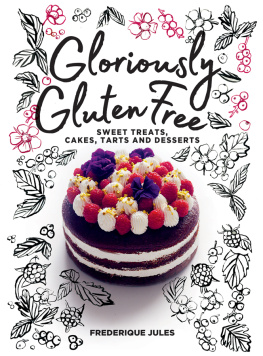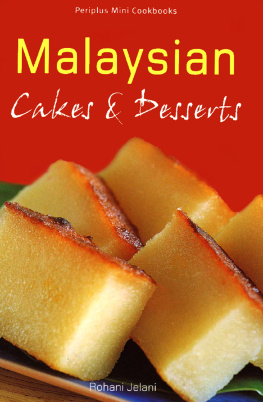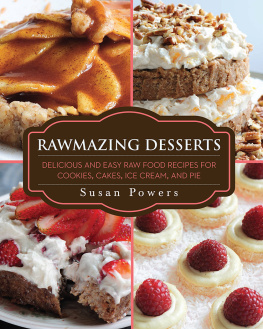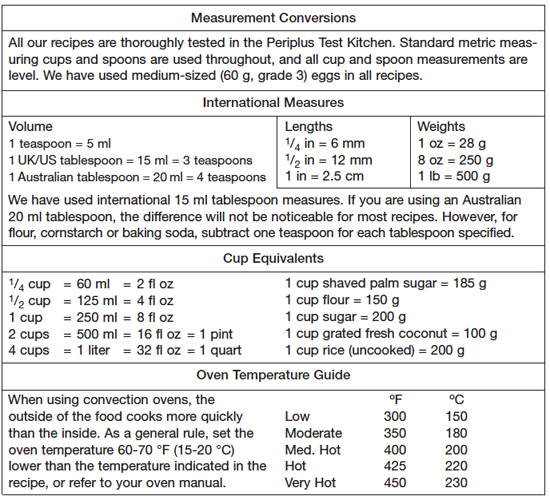
Published by Tuttle Publishing, an imprint of Periplus Editions (HK) Ltd Copyright 2009 Periplus Editions (HK) Ltd. All rights reserved. Recipes by Rohani Jelani, Norma Olizon-Chikiamco, William W. Wongso, Hayatinufus A.L. Tobing, Wendy Hutton, Nongkran Daks, Alexandra Greeley, Chef Tummanoon Punchun, Devagi Sanmugan, Cecilia Au-Yang, Angela Nahas and Chat Mingkwan. Photography by Edmond Ho, Suan I. Lim, Heinz von Holzen, Lother Arsana, Chester Ong, Masano Kawana, Minori Kawana, Peter Steinhauer, Stryke@shortsighted.com, Luca Invernizzi Tettoni, and Stewart Leishman Photography. Food styling by Rohani Jelani, Suan I. Lim, Gina Navarro, Chester Ong, Christina Ong, Jacqui Khoo, Christopher Tan, Minori Kawana, Katsumi Ishibashi. and Stewart Leishman Photography TUTTLE PUBLISHING is a registered trademark of Tuttle Publishing, a division of Periplus Editions (HK) Ltd. | Distributors North America, Latin America and Europe Tuttle Publishing, 364 Innovation Drive North Clarendon, VT 05759-9436, U.S.A. Tel: 1 (802) 773-8930; Fax: 1 (802) 773-6993 info@tuttlepublishing.com www.tuttlepublishing.com Asia Pacific Berkeley Books Pte Ltd, 61 Tai Seng Avenue, #02-12, Singapore 534167 Tel: (65) 6280 1330; Fax: (65) 6280 6290 inquiries@periplus.com.sg www.periplus.com ISBN: 978-1-4629-0493-8 (ebook) Printed in Malaysia 12 11 10 09 5 4 3 2 1 Previously published as LTC Classic Asian Cakes and Desserts. ISBN: 0-7946-0213-4 |

Contents
MAIL ORDER SOURCES
Finding the ingredients for Asian home cooking has become very simple. Most supermarkets carry staples such as soy sauce, fresh ginger, and fresh lemongrass. Almost every large metropolitan area has Asian markets serving the local populationjust check your local business directory. With the Internet, exotic Asian ingredients and cooking utensils can be easily found online. The following list is a good starting point of online merchants offering a wide variety of goods and services.
http://www.asiafoods.com
http://www.geocities.com/MadisonAvenue/8074/VarorE.html
http://dmoz.org/Shopping/Food/Ethnic_and_Regional/Asian/
http://templeofthai.com/
http://www.orientalpantry.com/
http://www.zestyfoods.com/
http://www.thaigrocer.com/Merchant/index.htm
http://asianwok.com/
http://pilipinomart.com/
http://www.indiangrocerynet.com/
http://www.orientalfoodexpress.com/
N o one can resist a delicious cake or pudding or sweet dish, especially in Asia! As in other parts of the world, this usually generates the greatest enthusiasm at family gatherings and on festive occasions. Asian desserts have yet to be popularized outside of Asia simply because they are rarely served in restaurants. Many non-Asians therefore assume that Asians dont often eat dessert. Nothing could be further from the truth!
Asian desserts are often served as snacks in between meals rather than after a heavy meal (when no one has room for desserts anyway). How sensible! Ask anyone with a sweet tooth and theyll tell you theres an Asian dessert for every occasion. Luscious desserts such as Indonesian Banana Custard Surprise are great for parties, while chilled desserts such as Malaysias Sago and Honeydew Melon in Coconut Milk are perfect after meals. Filipino Egg and Milk Bonbons or Tropical Lime Pie are ideal afternoon snacks. Some rice-based dessertsFluffy Sweet Rice Cakes springs to mindcan even become substantial meals in their own right (although perhaps to the detriment of your waistline).
It is not surprising that rice flour features prominently in many Asian dessert recipesrice is, after all, the basic staple in most of Asia and can be found in almost every Asian pantry. And if you havent tried rice flour desserts before, you are in for a real treat! The flavor and texture is very different from that of normal boiled rice. It is prepared in many wayssteamed, baked, boiled and friedand tastes different each time. Exotic rice varieties such as glutinous rice as well as other grains and starches like barley, tapioca, yam and sago provide added variety. Many other delightful dessert ingredients such as coconut cream, palm sugar, bananas, mangoes, water chestnuts, cashew nuts, honeydew melon and pandanus leaves each add their own dimension to the mix.
Many people think that Asian desserts are difficult to prepare but actually most recipes are quite simple. The trick is to find the right ingredients, understand how they are used, and then master a few simple techniques. Banana leaves, for example, are often used to wrap puddings and sweets before steaming or boiling. You can buy them fresh or frozen in most parts of the world now in speciality shops, but just remember to lightly toast them over a flame or steam them for a few seconds before using or you wont be able to bend them. And if you cant find them, aluminum foil makes a good substitute (though it lacks the delicate fragrance of banana leaves!).
So dont be put off just because you see a few things in the recipes you are not familiar with. Almost everything is available and each new item opens up a whole new world of possibilities.
Essential Ingredients
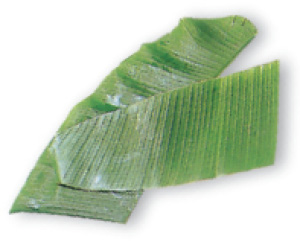
Banana leaves are used to wrap food prior to steaming or grilling. The moisture within the banana leaf makes a difference to the texture and flavor of the food, but if you cant find fresh or frozen banana leaves, use aluminum foil. Before using them to wrap food, the leaves should be softened for easy folding, either by soaking them in hot water for 510 minutes or briefly heating them over a low flame.
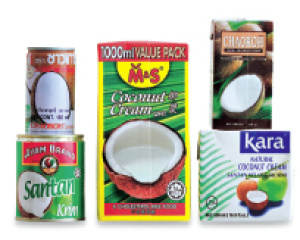
Coconut cream and coconut milk are used in many Asian desserts much the same way that cows milk and cream are used in the West. To obtain fresh coconut cream , grate the flesh of 1 coconut into a bowl (this yields about 3 cups of grated fresh coconut ), add 1/2 cup (125 ml) water and knead a few times, then squeeze the mixture firmly with your hand or strain using a muslin cloth or cheese cloth. Thick coconut milk is obtained by the same method but by adding more water to the grated flesh (about 1 cup/250 ml instead of 1/2 cup/125 ml). Thin coconut milk is obtained by pressing the coconut a second time adding 1 cup (250 ml) of water to the same grated coconut and squeezing it again. Although freshly pressed milk has more flavor, coconut cream and milk are now widely sold canned or in packets that are quick, convenient and quite tasty. Canned or packet coconut cream or milk comes in varying consistencies depending on the brand, and you will need to try them out and adjust the thickness by adding water as needed. In general, you should add 1 cup (250 ml) of water to 1 cup (250 ml) of canned or packet coconut cream to obtain thick coconut milk, and 2 cups (500 ml) of water to 1 cup (250 ml) of coconut cream to obtain thin coconut milk. These mixing ratios are only general guides however.
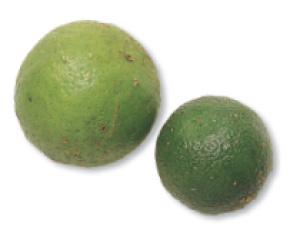
Calamansi limes are much smaller than regular limes. They add an aromatic citrus flavor to desserts and are available fresh in most Asian grocery stores. If calamansi limes are not available, use regular limes.
Next page
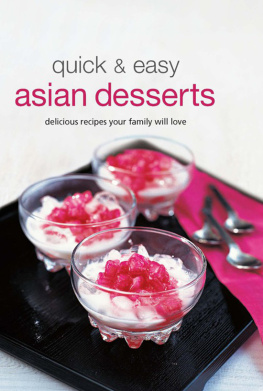
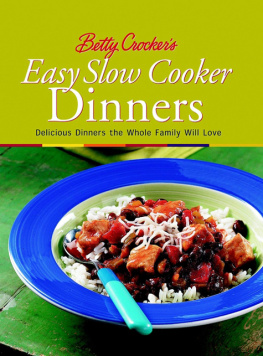







![Periplus Editors - Classic Asian cakes and desserts: [quick and delicious favorites]](/uploads/posts/book/226703/thumbs/periplus-editors-classic-asian-cakes-and.jpg)
